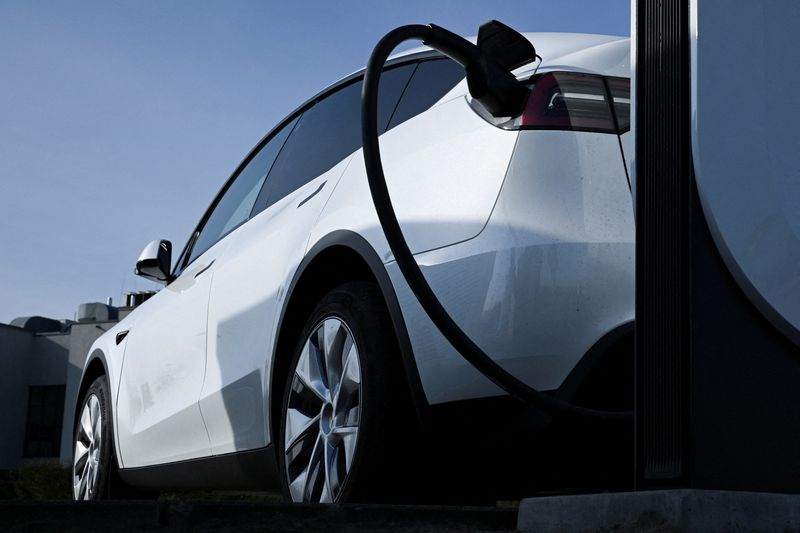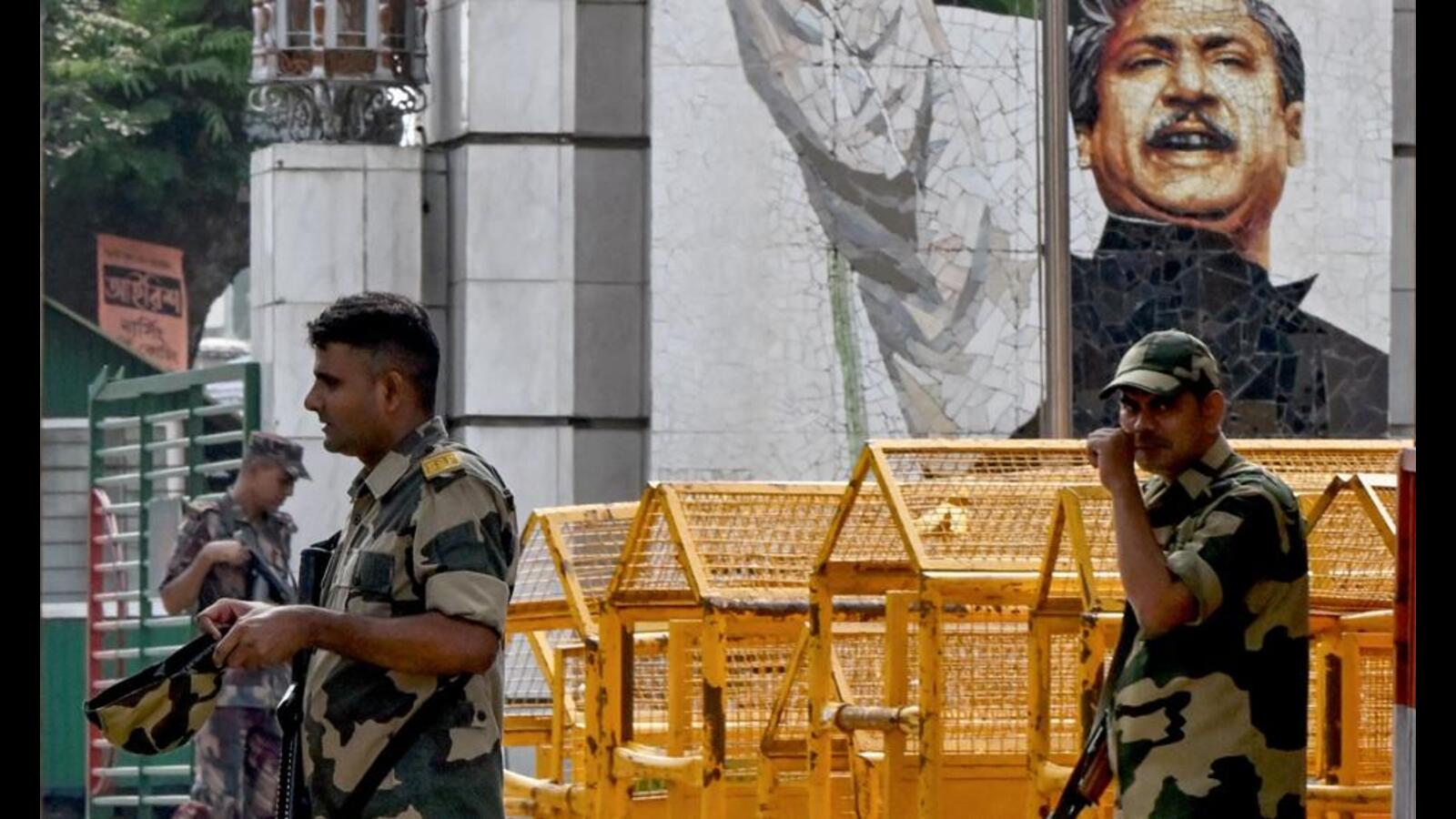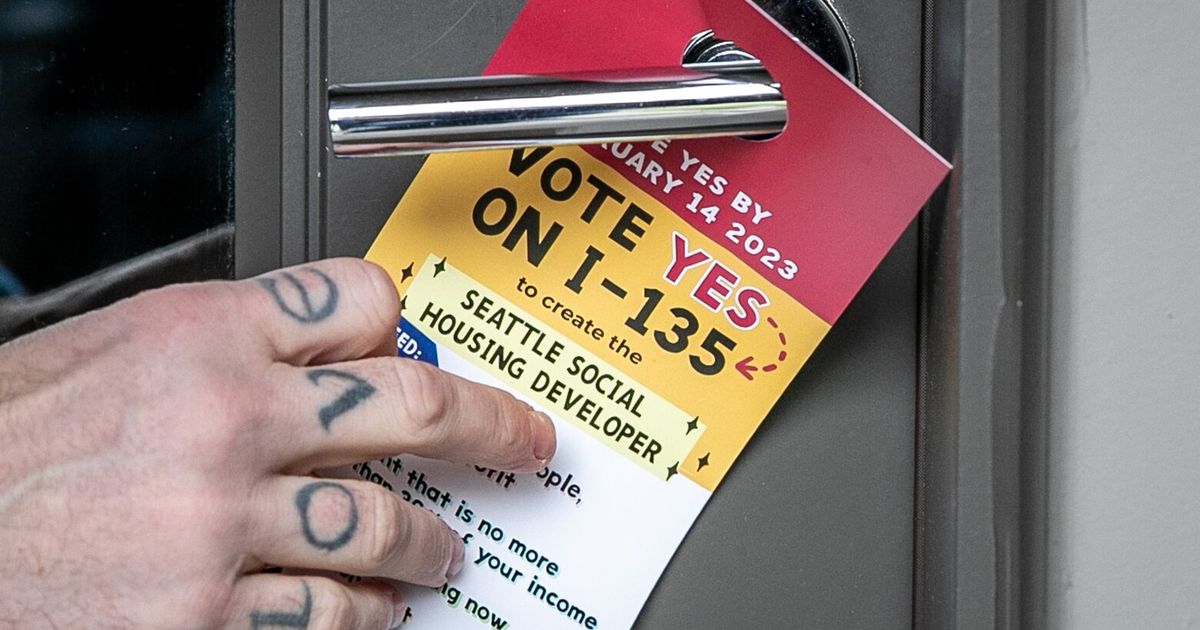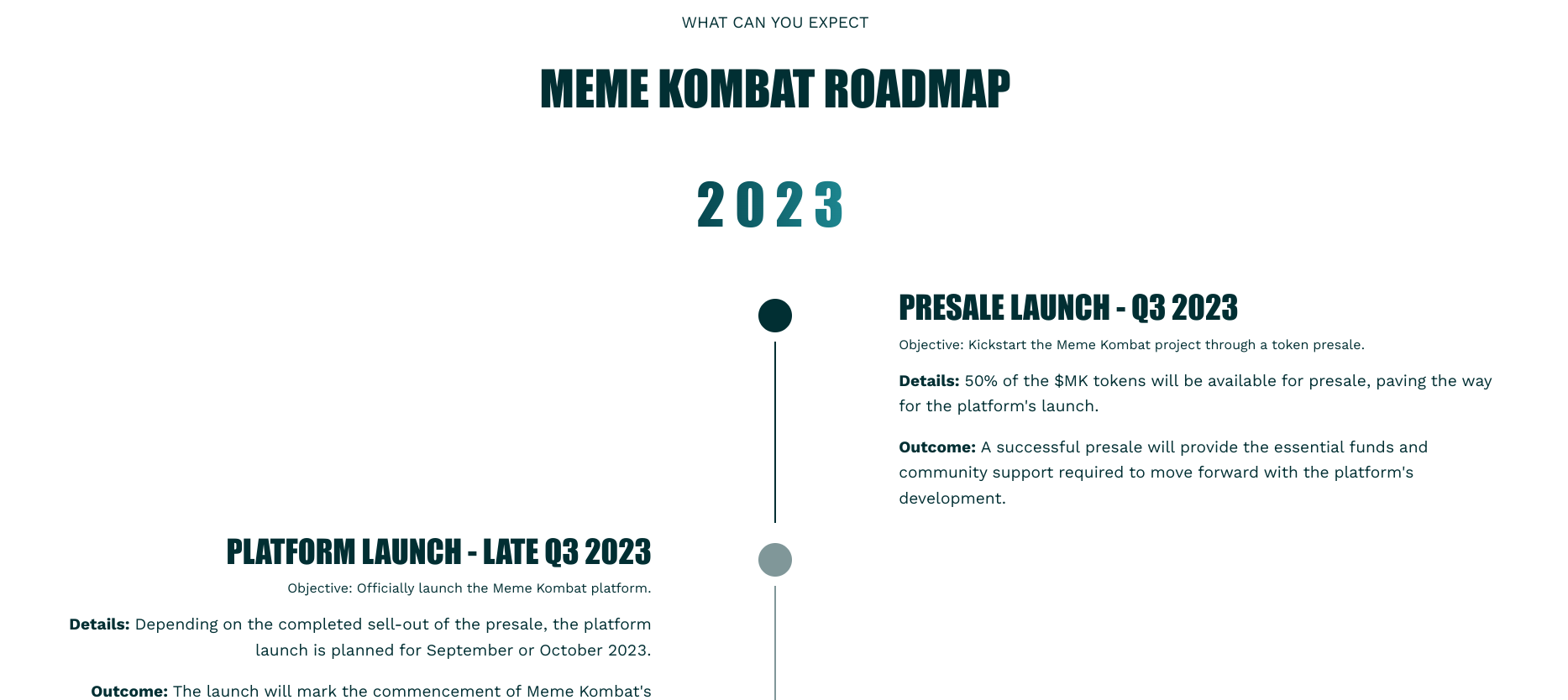In October 2022 the U.N. listed 7.6 million Ukrainian refugees across Europe, including 2.85 million in Russia—many of the latter were sent there by Russian occupiers and were subjected to a “filtration” process with credible reports of war crimes emerging, including evidence of executions and torture. Some 4.2 million Ukrainian refugees have registered for the EU’s temporary protection scheme or other national programs. A further 3.1 million had returned to Ukraine as of June 2022 when the U.N. also noted 6.9 million internally displaced peoples.1 In all, nearly one-third of Ukrainians have been displaced. A further 13 million are stranded within Ukraine due to fighting, impassable routes, or lack of resources to move.
Most refugees are now in wealthier EU countries after first crossing into neighboring Poland (5.4 million), Hungary (1.2 million), Romania (1 million), Slovakia (690,000), and Moldova (573,000). Table 1 shows the top ten hosting countries.
Table 1. Top ten countries hosting Ukrainian refugees (excluding Russia)
| Countries | Ukrainian Refugees |
| Poland | 1,422,482 |
| Germany | 997,895 |
| Czechia | 442,443 |
| Italy | 170,646 |
| Spain | 145,838 |
| Turkey | 145,000 |
| United Kingdom | 134,200 |
| France | 105,000 |
| Austria | 83,081 |
| Netherlands | 79,250 |
Source: UNHCR, October 4, 2022
Greatly facilitating this influx was the EU’s Temporary Protection regime for Ukrainians that ensures the right to work, health, education, shelter, and financial support for up to three years. Also helpful were the EU’s Ukrainian diaspora, including 1.4 million in Poland, 250,000 in Italy, and more elsewhere.
The magnitude and rapidity of the influx and the large numbers returning are unprecedented even if global experience shows that “refugees do not fully cease returning at any time”. The numerousness of returnees is due to a peaceful border area, the large number of separated families as men 18-60 years old are prohibited from leaving Ukraine, and trust in re-entering the EU. Ukrainian resistance and Russian withdrawals from around cities like Kyiv and elsewhere also mattered.
The EU has been much more welcoming to Ukrainians than to asylum seekers from the Middle East, Africa, and Afghanistan who have been met with violent pushbacks from Poland to Italy to Greece and beyond—often with the participation of the EU border agency Frontex. Still, it has been challenging as refugee fatigue slowly emerges in Poland, Germany, the U.K. and elsewhere—not at a crisis stage yet but a cautionary sign as a tough winter on the economic and energy fronts looms. Alarmed, Google is launching a campaign against disinformation about Ukrainian refugees.
Relative to other refugees, the OECD says Ukrainian refugees’ educational profile, existing social networks, and immediate access to employment facilitate integration. But with women and children comprising up to 90 percent of Ukrainian refugees, there are specific challenges, e.g., schooling for children, child care and jobs for caretakers, and emotional and psychological support, especially for children. Other challenges range from missing documents to housing to human trafficking abound.
Unsurprisingly, schooling for the 2 million Ukrainian children in Europe is something that the EU and member countries can deploy when they want to. The programs range from individualized learning plans in Sweden and Finland to the European Commission’s multilingual tools to teach local languages. Portugal has bilingual material in Portuguese and Ukrainian as do Lithuania and Spain. Both France and the U.K. have immersion programs with language support. Romania’s existing 55 schools teaching in Ukrainian will now accommodate refugee children where possible. Summer camps have been organized with Ukrainian organizations in the EU, Moldova, and Turkey.
For children especially, the trauma of the violence accompanying war and the disorienting separation from loved ones requires emotional and psychological support. Austria has a mobile intercultural teams program for refugee children and parents with access to psychologists. Netherlands’ Pharos program provides social-emotional support while adaptation classes in Belgium, Denmark, France, Lithuania, Portugal, Slovakia and Spain also provide psychological support.
Underlining that each country has its own challenges, Poland had 300,000 slots ready for the coming school year but placement is problematic, especially in big cities. This year, more Polish children are attending secondary school as reforms increased those eligible and there are record numbers of teaching vacancies. The latter is also an issue in Germany with 150,000 enrolled Ukrainian children. There are also “welcoming” classes assisted by refugee Ukrainian teachers—modeled on the mostly Syrian influx of 2015. It has also facilitated enrollment in universities while trying to juggle mandates on compulsory education and online schooling as Ukrainian children link to schools back home—some attending both at a cost. Psychologists are available in schools.
Germany and Poland also provide insights on employment. In Germany, 350,000 Ukrainian refugees are registered as looking for employment. With 900,000 job vacancies, surveys suggest that up to 50 percent of Ukrainians have found a job but the Federal Employment Agency cites a 10 percent figure. Also, the fit between skill levels and jobs remains problematic—threatening de-skilling and depression. The main barrier is German language skills. Employers also look for long-term commitments. Most jobs are in transport and logistics, sales, services, and health care. However, many of these jobs still demand professional certification. Elder care is a readily available option but pay is low and working conditions demanding.
Poland’s unemployment rate of 2.7 percent means Ukrainians are welcomed given the aging population and a labor shortage—common across the EU. With $3.4 billion in government funds and $2.1 billion from private sources, much aid is going to Ukrainians from language classes to childcare and more. Some 1.2 million Ukrainians have received social security numbers and around half have found a job. The World Bank expects a medium-term impact of 1.5 percent on economic growth. Here again, however, language can be a challenge as can matching skills to jobs. As of August 2022, a further 100,000 were employed in Czechia and 20,000 in Italy. The OECD says that 1.2 million Ukrainian refugees will eventually be added to the European workforce, mainly in service jobs.
Also significant has been the exodus from Europe of mostly male, working Ukrainians who headed home to fight and/or help families, including 150,000 who left Poland. They mostly held blue collar jobs, not immediately replaceable by Ukrainian refugees, who are mostly women and many with higher education and facing EU legislation limiting women’s physical work.
The welcome afforded Ukrainian refugees is impressive but doesn’t presage a similar engagement with refugees from elsewhere. EU members, including Poland, Hungary and others who welcomed Ukrainians continue pushing back other asylum seekers. Also facing harsh discrimination are Ukraine’s Roma refugees. The Center for Global Development notes lessons from the Rohinga displacements, including local engagament, listening to refugees and host communities, skills training and the right to work, sustained international support to host countries, etc. All lessons are spot-on, but they are not new. Europe knows how best to support refugees, but the support seems to depend on who they are. Until that changes, the tragedy of forced displacement is likely to be compounded with each new refugee crisis.
[1] As of September 2022, there were 11.9 million cross-border movements (not individuals, including non-Ukrainians and those with multiple crossings) from Ukraine to neighboring countries as of February 24, 2022, and 6.1 million similar border crossings into Ukraine since February 28, 2022.















